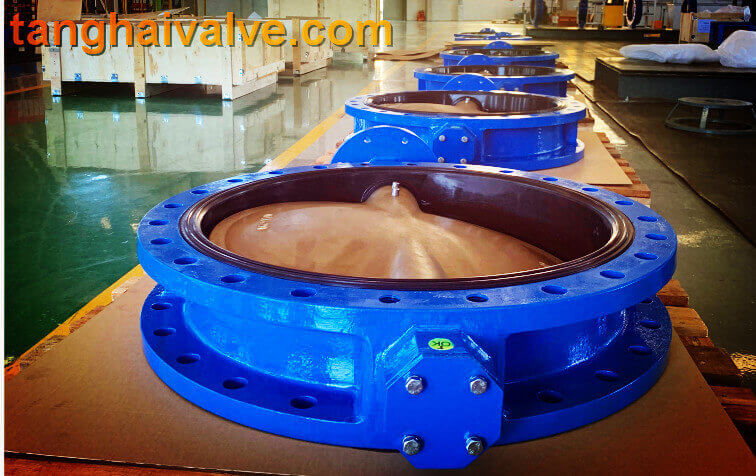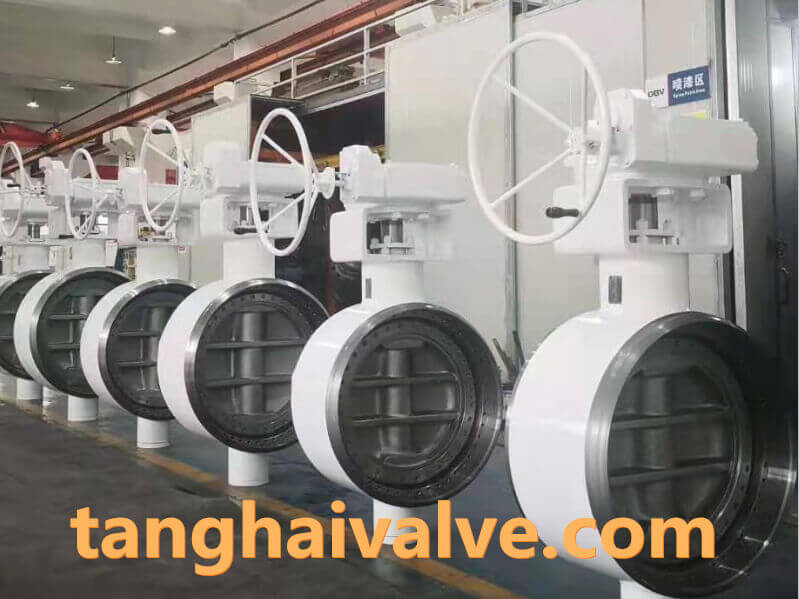Application of 2205 and 2507 in Marine Valves
2205 and 2507 are two types of duplex stainless steel that are widely used in marine valves (such as butterfly valves, gate valves, and check valves), particularly in environments where excellent corrosion resistance is required. Below is a comparison of their applications and key characteristics in marine valve usage:
I. Comparison of Basic Material Properties
| Property | 2205 (UNS S31803/S32205) | 2507 (UNS S32750) |
| Type | Duplex Stainless Steel | Super Duplex Stainless Steel |
| Corrosion Resistance | Excellent, suitable for most marine environments | Superior, suitable for extreme marine and chemical environments |
| Pitting/Crevice Resistance | Good | Excellent |
| Chloride Stress Corrosion Resistance | Strong | Very strong |
| Yield Strength | Higher than austenitic stainless steel (e.g., 316L) | Even higher |
| Operating Temperature Range | -50℃ to +300℃ | -50℃ to +250℃ (recommended) |
| Cost | Moderate | High |
II. Specific Applications in Marine Valves
1. Applications of 2205:
Seawater piping systems: Valves used in ballast water and cooling water systems
Desalination systems: Butterfly and gate valves
Liquid transportation systems on oil tankers and cargo vessels
Auxiliary systems in ships with moderate corrosion exposure, such as wastewater treatment systems
Cost-effective option for general-purpose marine valves
2. Applications of 2507:
Critical valves in high-corrosion, high-pressure environments such as deep-sea operation vessels and subsea equipment
LNG carriers and chemical tankers with extremely high corrosion resistance requirements
Shipboard systems exposed to high concentrations of chlorides or acidic gases (e.g., H₂S)
Ideal for scenarios requiring long-term, maintenance-free operation or extended service life
III. Material Selection Recommendations
| Application Requirement | Recommended Material |
| General seawater corrosion with cost-effectiveness priority | 2205 |
| Extreme corrosion (high chloride, high temperature, high pressure) | 2507 |
| Good weldability and high mechanical strength needed | 2205 preferred |
| High safety margin and sufficient project budget | 2507 |
In the marine valve industry, 2205 offers a cost-effective and corrosion-resistant solution suitable for wide application. 2507, on the other hand, delivers higher safety and durability in extremely harsh environments.





 © Copyright 2020 Tianjin Tanghaidongyang Valve Co., Ltd. All Rights Reserved.
© Copyright 2020 Tianjin Tanghaidongyang Valve Co., Ltd. All Rights Reserved.